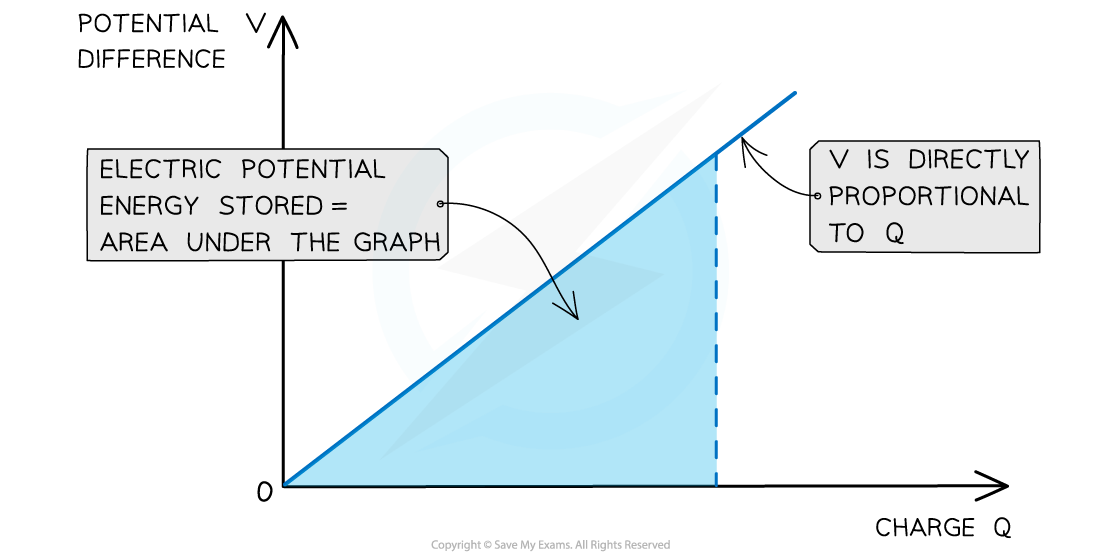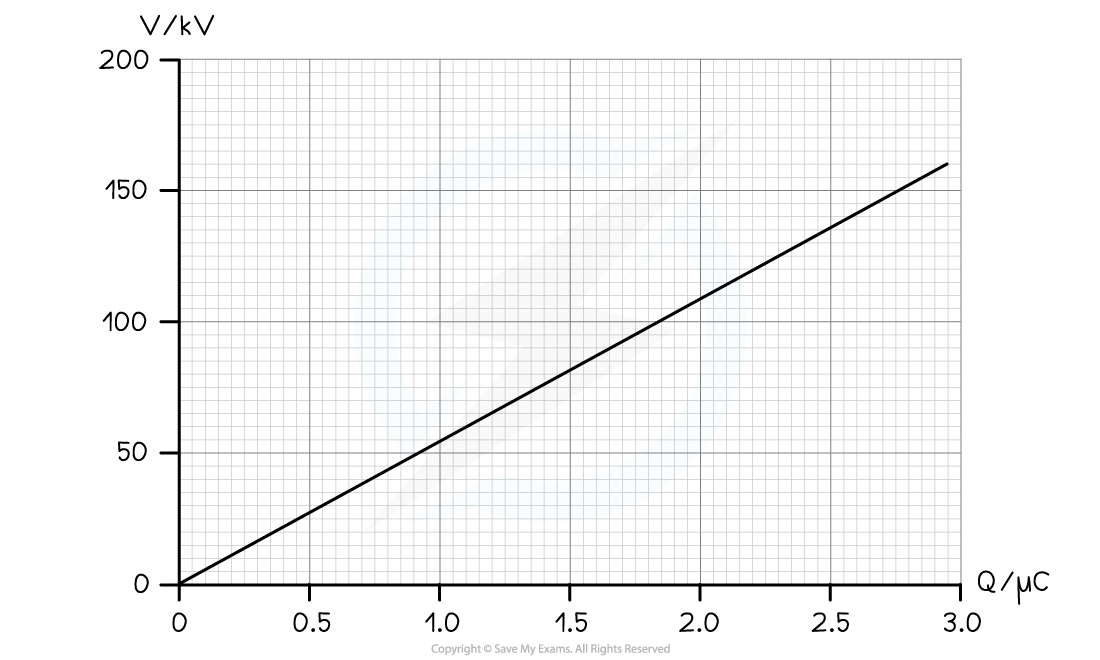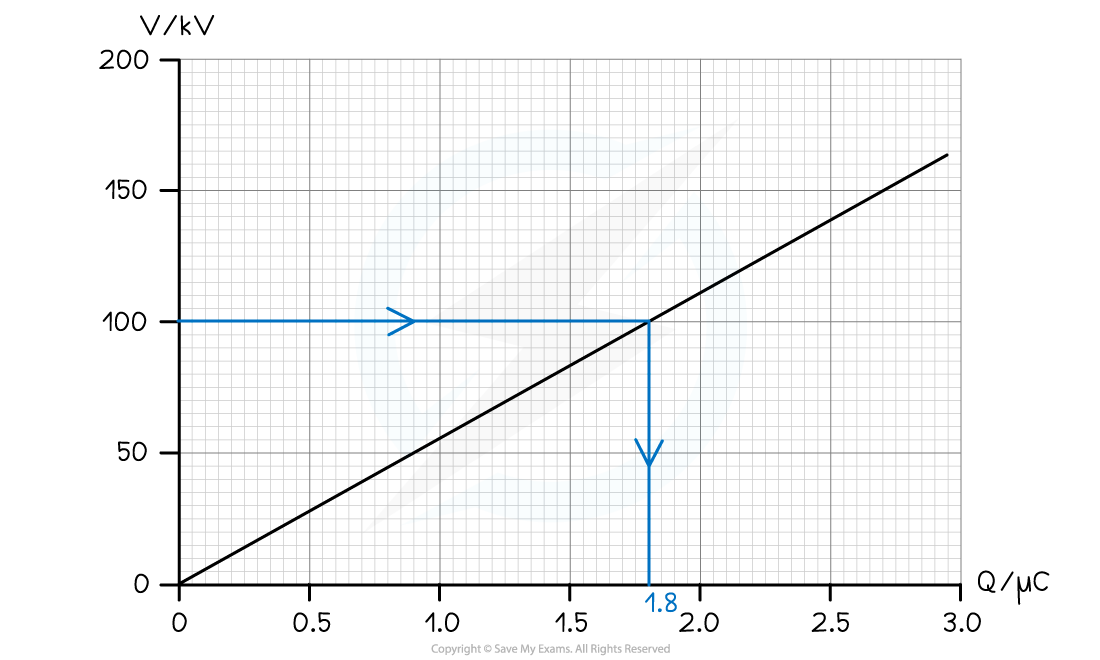Energy Stored by a Capacitor (Edexcel International A Level (IAL) Physics): Revision Note
Exam code: YPH11
Energy Stored by a Capacitor
When charging a capacitor, the power supply 'pushes' electrons to one of the metal plates
It therefore does work on the electrons and electrical energy becomes stored on the plates
The power supply 'pulls' electrons off of the other metal plate, attracting them to the positive terminal
This leaves one side positively charged, while the other side becomes negatively charged
Hence, in this way, charge is 'stored' by the capacitor
Gradually, this stored charge builds up
Adding more electrons to the negative plate at first is relatively easy since there is little repulsion
As the charge of the negative plate increases, i.e., becomes more negatively charged, the force of repulsion between the electrons on the plate and the new electrons being pushed onto it increases
This means a greater amount of work must be done to increase the charge on the negative plate or in other words:
The potential difference across the capacitor increases as the amount of charge increases

As the charge on the negative plate builds up, more work needs to be done to add more charge
Alternative Equations for Energy Stored
The energy stored by a capacitor is given by:
Substituting the charge Q with the capacitance equation Q = CV, the energy stored can also be calculated by the following equation:
By substituting the potential difference V, the energy stored can also be defined in terms of just the charge stored Q and the capacitance, C:
Worked Example
Calculate the change in the energy stored in a capacitor of capacitance 1500 μF when the potential difference across the capacitor changes from 10 V to 30 V.
Answer:
Step 1: Write down the equation for energy stored in terms of capacitance C and p.d V
Step 2: The change in energy stored is proportional to the change in p.d
Step 3: Substitute in values
Examiner Tips and Tricks
Energy stored or work done are used interchangeably (and sometimes written as E or W as shown above). You should be comfortable linking the two equivalent ideas - the energy stored in the capacitor is equal to the work done on it, by the power supply which charges it. Make sure you can apply each of the three equations given above!
Area Under a Potential Difference-Charge Graph
The charge stored Q on the capacitor is given by the equation Q = CV
Therefore, the charge stored Q is directly proportional to the potential difference across the plates V
The graph of charge against potential difference is therefore a straight line graph through the origin
The gradient of the graph represents
, which is a constant
The electrical (potential) energy stored in the capacitor can be determined from the area under the potential-charge graph which is equal to the area of a right-angled triangle:
Area = × base × height

The area under a potential difference-charge graph represents the energy stored by a capacitor
Therefore the work done, or energy stored W in a capacitor is defined by the equation:
Where:
W = energy stored (J)
Q = charge stored (C)
V = potential difference across the plates (V)
Worked Example
The variation of the potential V of a charged isolated metal sphere with surface charge Q is shown on the graph below.

Using the graph, determine the electric potential energy stored on the sphere when charged to a potential of 100 kV.
Answer:
Step 1: Determine the charge on the sphere at the potential of 100 kV

From the graph, the charge on the sphere at 100 kV is 1.8 μC
Step 2: Calculate the electric potential energy stored
The electric potential energy stored is the area under the graph at 100 kV
The area is equal to a right-angled triangle, so, can be calculated with the equation:

Substituting in the values gives:


Examiner Tips and Tricks
Remember to always check the units of the charge–potential difference graphs. The charges can often be in µC or the potential difference in kV! The units must be in C and V to get a work done in J.

You've read 0 of your 5 free revision notes this week
Unlock more, it's free!
Did this page help you?